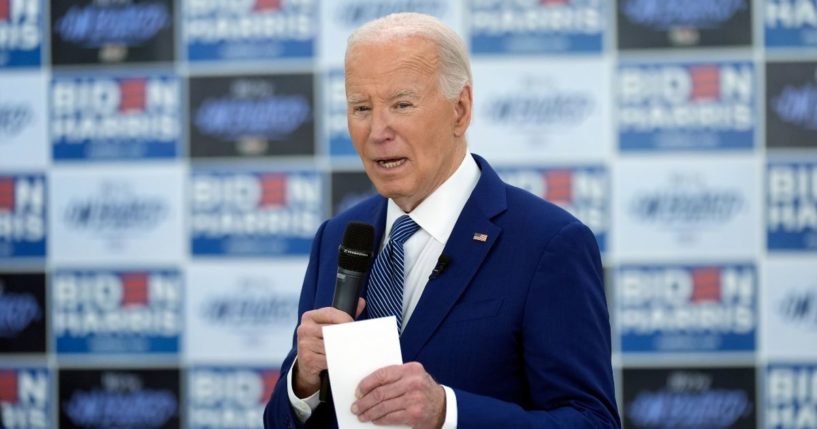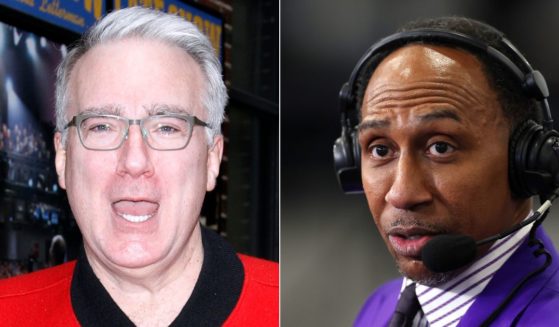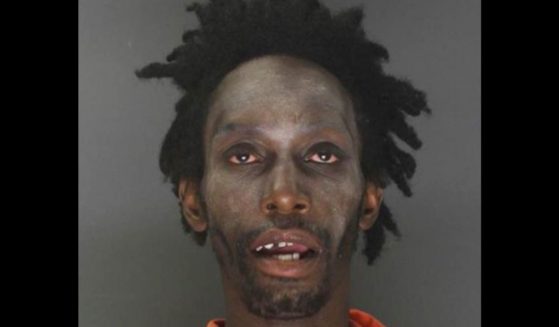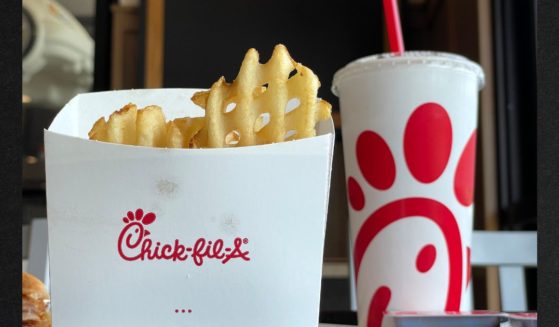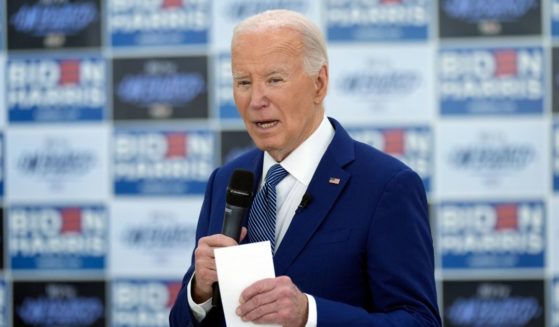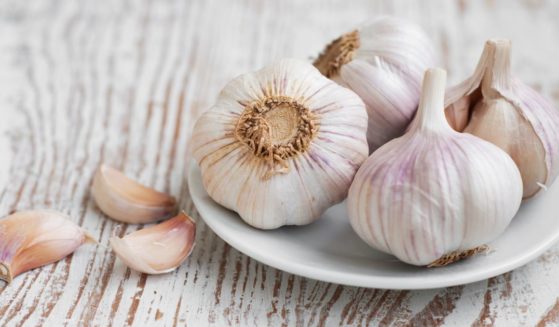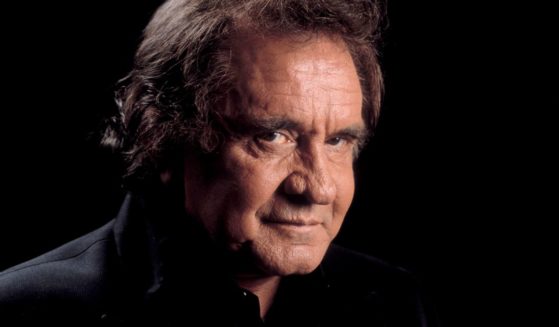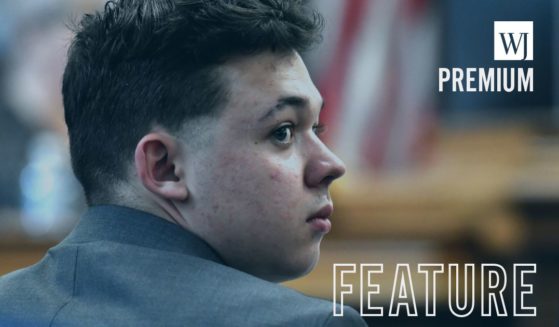Get the latest news delivered right to your email.
2024 Election
Top Stories
Advertisement
Keith Olbermann Issues Ultimatum to ESPN: Silence or Fire Stephen A. Smith After Trump Comments
Smith has faced considerable backlash for saying that Donald Trump "wasn't lying" when he said black Americans find him relatable.
By Anthony Altomari
April 24, 2024
Comment
MoreShare
Mother Credits Son's Classmates for Saving His Life from 'Transgender' Sex Offender
The mom of a child who was almost grabbed by a sex offender while at recess is livid with the way the school responded to the incident.
By Jack Davis
April 24, 2024
Comment
MoreShare
'Completely Freak Accident' on Set of Upcoming Eddie Murphy Movie Injures, Hospitalizes Multiple Crew Members
"The well-being of the entire crew and cast is our first priority, and we will continue to insist on the highest industry standards."
By George C. Upper III
April 24, 2024
Comment
MoreShare
Watch: Jason Whitlock Under Fire for Racial Comments About 'White Girl' Caitlin Clark
Those who criticized Whitlock for merely mentioning skin color should redirect their outrage toward more appropriate and insidious targets.
By Michael Schwarz
April 24, 2024
Comment
MoreShare
Massive Upgrade: Chick-fil-A Set to Take Over and Demolish a Seedy Strip Club to Make Way for a New Restaurant
Since 1984, the address for a proposed Chick-fil-A in Portland has been the home of a strip club called The Venue Gentlemen’s Club.
By Johnathan Jones
April 24, 2024
Comment
MoreShare
Nancy Pelosi Embarrasses US While Traveling Abroad with Extremely Foolish Attempt to Interfere with Israeli Politics
If a powerful foreign leader said the same thing about President Joe Biden, the Democrats would be up in arms.
By Allison Anton
April 23, 2024
Comment
MoreShare
'This Is Vile': Biden Comes Under Fire for Invoking Jesus While Promoting Abortion
The Apostle Paul wrote 2,000 years ago that Christians must pray for their political leaders. This is a great example of why.
By George C. Upper III
April 24, 2024
Comment
MoreShare
Watch: Biden Admits 'We Can't Be Trusted' in Latest Major Blunder
Watch the clip with YouTube's closed captioning on, and you'll see that even its talk-to-text AI recognized what Biden said here.
By George C. Upper III
April 24, 2024
Comment
MoreShare
Advertisement
Biden Breaking the Ten Commandments: Part Four - Bidenomics Subverts the Sabbath
Biden is upsetting the balance of rest and work ordered by God — and Americans are paying the price economically and spiritually.
Comment
MoreShare
Former Military Chaplain Talks Becoming Battle-Ready to Serve in God's End-Times Army
U.S. Army Col. (Ret.) David Giammona believes the world is entering the end times, and "the Lord wants us to work even harder."
Comment
MoreShare
Interview: Jeremy Carl Sounds the Alarm on 'How Anti-White Racism Is Tearing America Apart'
In a new book, Carl asserts that if there is anything resembling systematic racism in America today, it is directed at the white majority.
Comment
MoreShare
Advertisement
